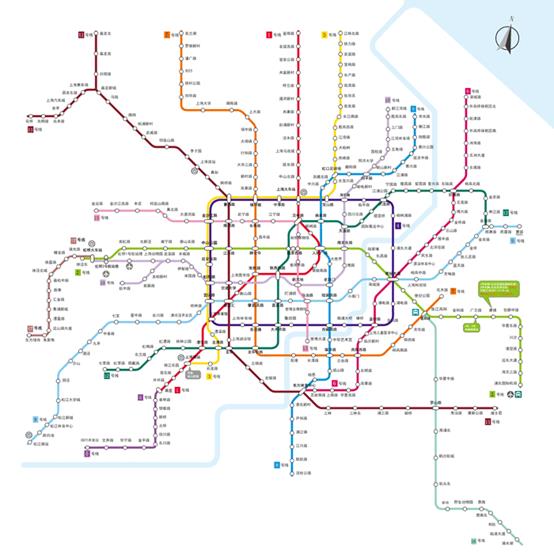Huawei Urban Rail Cloud Helps Shanghai Metro Build a Smart COCC
This site uses cookies. By continuing to browse the site you are agreeing to our use of cookies. Read our privacy policy>
![]()
Enterprise products, solutions & services
In May 2007, Shanghai Shentong Metro Group upgraded the general duty room in Hengtong Building, run by its subsidiary Shanghai Metro Operation Company Limited, into a COCC to meet requirements for multi-line comprehensive monitoring and coordinated command. As Shanghai Metro embraced networked operations, the old COCC could not keep pace with business development due to the limited number of accessed lines, monitoring without control, and insufficient multi-line operation capabilities. To address the need for multi-line operational dispatching and command, the Group planned to upgrade and reinvent the COCC, and build the C3 dispatch and command building that integrates the COCC (ETC), 7 networked sub-centers, and the OCCs of 21 lines.
Shanghai Shentong Metro Group Co., Ltd. (Shanghai Metro) takes charge of rail transit construction and operations in Shanghai. The company operates one of the world’s largest rapid transit networks. As of December 2017, it has 16 lines (including a maglev line) with a total length of 666 kilometers and 389 stations. By 2020, the number of operating lines will increase to 24, and metro riders will account for 60 percent of the city’s public transportation volume.

The legacy COCC system was constructed years ago. It only managed a small scale of multi-line operations, and had limited functions and technical means that could not accommodate new business growth. Major weaknesses of the legacy system included:
Huawei FusionCloud is a business-driven data center solution that supports physically scattered and logically unified resources, collaboration between the cloud and networks, and service awareness. Such data centers facilitate the sustainable service development of enterprises and organizations and meet full lifecycle management requirements. Based on the FusionCloud Private Cloud Solution, Huawei provides the Urban Rail Cloud Solution tailored to industry-specific scenarios, which helps explore the best practices in urban rail cloud transformation and contributes to a future-proof, multi-line information platform.
A multi-line, multi-system information platform has been constructed based on cloud computing technologies, implementing unified applications, information sharing, and data management.